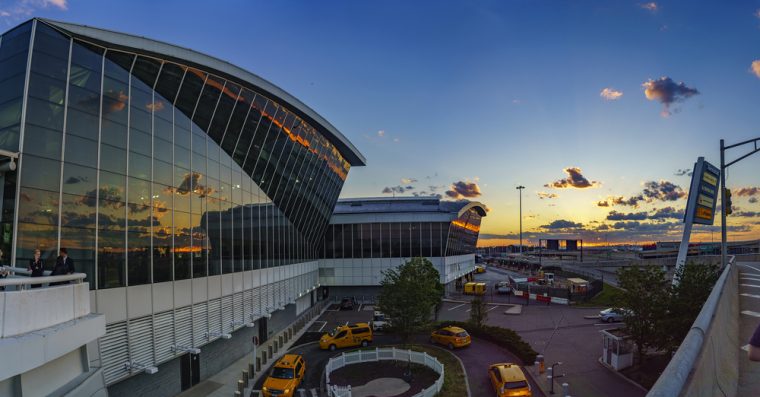
 Hampered by outdated systems and infrastructure in need of repair, the John F. Kennedy International Airport in New York City has found a friend in New York Gov. Andrew Cuomo. The forward-thinking governor this week announced his $10 billion plan to redevelop the JFK Airport, the nation’s fifth-busiest aviation facility.
Hampered by outdated systems and infrastructure in need of repair, the John F. Kennedy International Airport in New York City has found a friend in New York Gov. Andrew Cuomo. The forward-thinking governor this week announced his $10 billion plan to redevelop the JFK Airport, the nation’s fifth-busiest aviation facility.
To transform this aging transportation resource into a world-class transportation hub will require a collaborative effort between both the public and private sectors. Like the multi-billion-dollar renovation currently underway to rebuild terminals at the city’s LaGuardia Airport, officials are contemplating a public-private partnership (P3) as the financing method for much of the JFK project. Two-thirds of the more than $8 billion investment to build new facilities at LaGuardia is being paid for by the private sector. Experts say the JFK plan has the potential to drive up to $7 billion in private investment.
New York City’s use of P3s for major infrastructure projects makes it the leading American city for leveraging private-sector capital for major public-sector projects that the city otherwise would not be able to afford. The JFK plan will add to Cuomo’s announcement a year ago of his $100 million state infrastructure plan.
New York is taking advantage of the experience, expertise and, most importantly – the capital- that the private sector can bring to government. And, the state has expanded P3 opportunities to public buildings, airports, health care, water/wastewater and transportation – far beyond P3 collaborations that previously were dominated by road and bridge construction projects.
The airport plan is based on the recommendations of the state’s Airport Advisory Panel. A report notes that JFK falls short when measured against global standards. It also points to the competitive nature of airports that serve other major cities throughout the world. Most leading airports are making major investments to improve the passenger experience. The report states that for New York to remain globally competitive, it must “develop a world-class gateway that is safe, secure and designed for the needs of 21st century passengers.”
In addition to providing world-class amenities such as fine dining facilities, high-end retail and conference and meeting room facilities, the JFK plan also includes:
- Expanding and centralizing parking lots;
- Redesigning roads that will lead to quicker and easier access in and out of airport terminals;
- Expanding newer terminals and redeveloping or relocating older terminals while ensuring that terminals are connected;
- Expanding rail and other mass transit options for the convenience of passengers;
- Adding state-of-the-art security technology such as facial recognition and video tracking software; and
- Adding all kinds of amenities for the comfort, convenience and enjoyment of the traveling public.
The governor is also supporting $1.5 billion to $2 billion in spending by the State Department of Transportation for projects to reduce travel times and improve roads leading to the airport.
The JFK proposal is being referred to as visionary and revolutionary. It has ignited enthusiasm, intense interest, commitment and a huge sense of pride – not only for New Yorkers, but also in citizens throughout the nation. It’s time the U.S. had an airport listed as one of the top ten in the world. That goal should be accomplished with this project.
Want to read more stories like this one? Check out the most recent editions of Government Contracting Pipeline and Texas Government Insider. SPI’s government contracting consultants assist firms of all types in selling to government. Contact them today.
